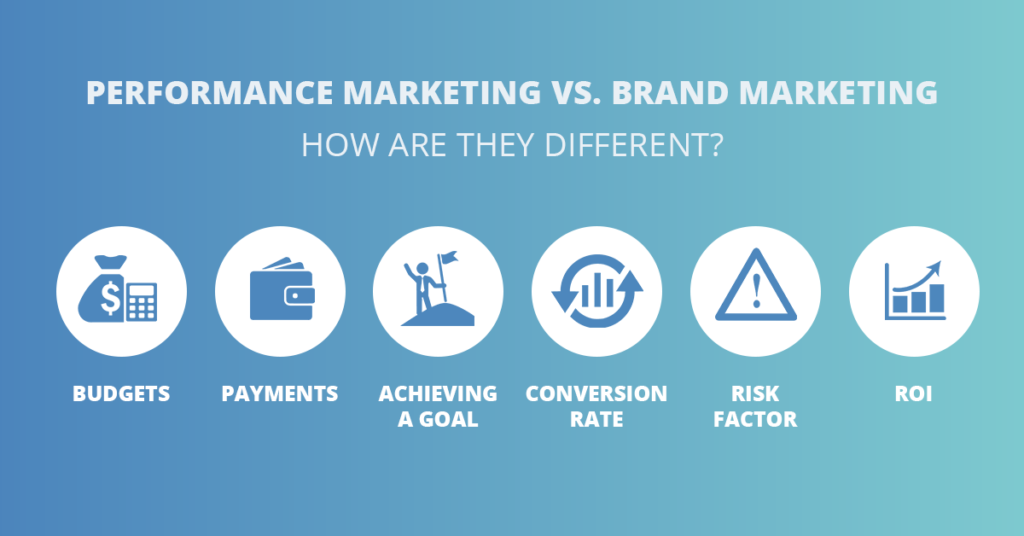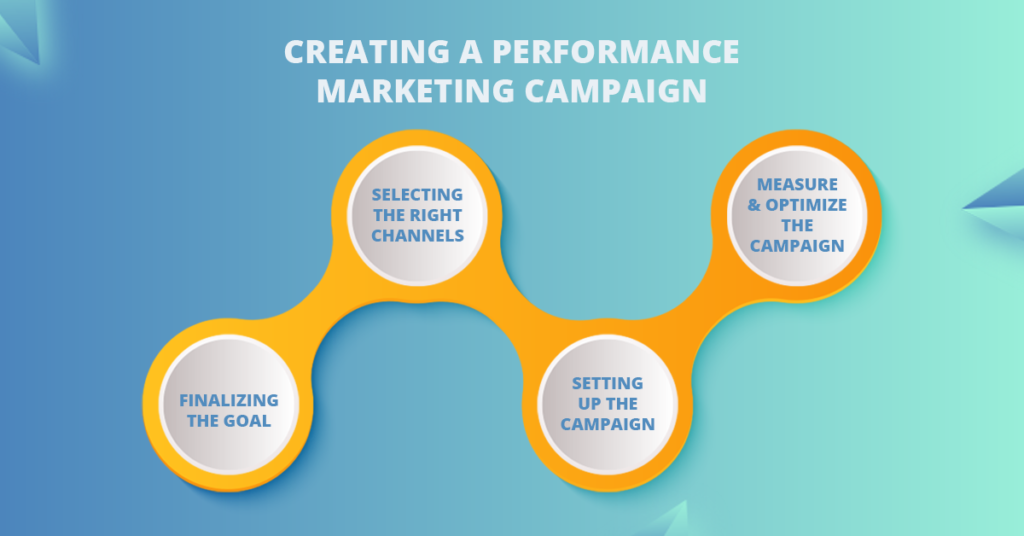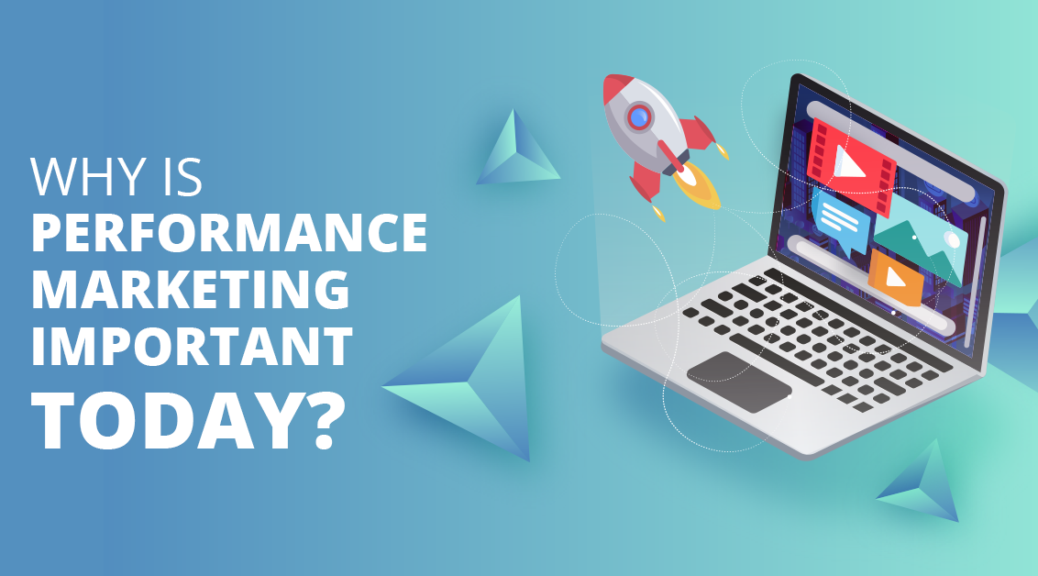Digital marketing strategies are always changing. There is no denying that the marketing strategy of one company is going to differ from the other in terms of who and what they are targeting, what they are trying to achieve with their marketing strategy, and what the result is. Among all the different digital marketing strategies, one such strategy that is increasingly gaining popularity because of the targeted results that it gives is performance marketing.
Wait, what is performance marketing?
Performance marketing is a form of result-oriented marketing. In this type of marketing, organizations pay for campaigns and advertising based on predictions of the results that will come from their efforts. Unlike other marketing strategies, performance marketing is more focused on the actions that a potential customer takes when interacting with a certain campaign. Based on how a marketing campaign is performing, the campaign is optimized to achieve the desired results.
Unlike all other marketing and branding strategies that are undertaken by organizations, performance marketing is unique since it is more focused on driving a certain type of action from the audience and enables the organization to pay for the advertising campaign once the desired results have been achieved.
What is Brand Marketing
When it comes to digital marketing for a brand, different strategies are implemented to achieve the desired results. For example, a beauty brand that is focused on increasing its brand awareness will have a higher budget for digital marketing compared to a brand whose brand awareness is fairly set in place.
Brand marketing, traditionally, is the type of marketing that is focused on increasing the brand awareness of an organization. This type of marketing involves reaching the black box of a potential customer. In a world where there are thousands of brands that are catering to one particular industry, creating a solid brand awareness campaign is essential to penetrate the market effectively. Of course, this type of digital marketing strategy is also solely dependent on the type of brand image that the company wishes to portray and how they have designed its website around it.
Performance Marketing vs. Brand Marketing

As mentioned before, performance marketing is a goal-oriented form of digital marketing. Performance marketing can be said to be a subset of the brand marketing strategy of a company, but there are a lot of differences between the two.
| Performance Marketing | Brand Marketing |
| Budgets are trackable and measurable | Budgets are NOT trackable and measurable |
| Campaign payments are deducted as per a desirable action carried out by a customer | Payments are deducted during the beginning of the campaign and are not dependent on the target actions of a customer |
| Mass targeting of customers belonging to different demographics with a set goal of achieving an action or a range of actions from them | Mass targeting of customers with various demographics to convince them to perform a certain action |
| Assists in extending the advertising reach of a company | Advertising reach is diverse |
| Performance marketing campaigns that are targeted for increasing sales have a higher conversion rate since only serious customers interact with the campaign | For a campaign targeting sales, the output is varied depending on the type of ad, the targeting of the ad, and the interaction of a customer with the type of ad |
| Low risk since marketers are aware of exactly what is going on with their campaign | High risk since marketers are not aware of the way that a campaign is performing |
| Performance marketing is completely focused on the Return on Investment or ROI of campaigns | ROI is a factor taken into consideration after a campaign has exhausted its initial budget |

Building an Effective Performance Marketing Campaign
The first step to getting started on implementing your digital marketing strategy is to understand what the end goal is that you are trying to achieve. Is your campaign meant for brand awareness, website traffic, engagement, remarketing or retargeting, lead generation, or sales? – Once you have the basic goal that you want to achieve defined, your performance marketing campaign is 50% complete.
With your goal locked in, choosing the right channel is the next step in creating a campaign. Through thorough research, you can identify where your target audience will most likely engage with your campaign. The rule for this step is the greater the number of channels, the greater the reach of your campaign.
Following the selection of channels, the next step is to input the various demographics of the target audience, list down the actions you wish to achieve from the campaign, and design ads that will help with the overall performance of the campaign. All that’s left to do now is to run the campaign.
Performance marketing does not end when a campaign is launched. The most important part of running a campaign comes here, where the different matrices that are associated with the campaign are taken into account to optimize the campaign further. Reaching the desired result requires careful optimization and measurement of the performance of a campaign. Optimizing a performance marketing campaign is an ongoing process till the desired results from the campaign are achieved.
The Role We Play
Getting on board with the latest and most effective digital marketing strategy may seem challenging at first, but the efforts and research behind setting up the ideal performance marketing campaign are worth it. At Digikore Digital, we understand your requirements, analyze your target audience and competitors, list out the set of actions you wish to achieve through a campaign, and help you set up the ideal performance marketing campaign.
Our team of experts makes sure that each marketing campaign includes measurable results that only contribute to the growth of your business. Check out our website to learn more.
